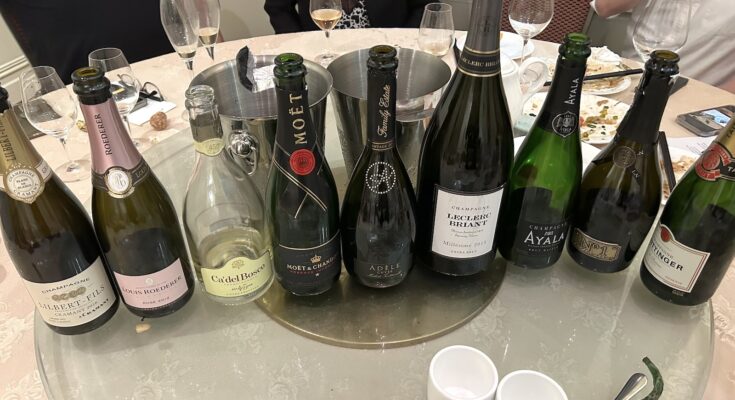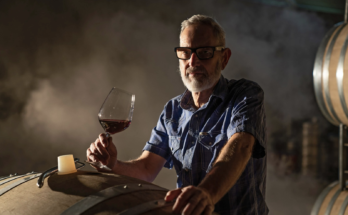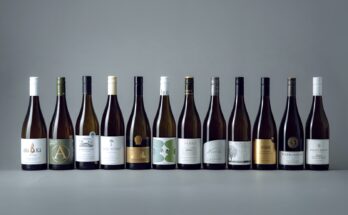An end-of-year gallop through some excellent sparkling wines at an annual pre-Christmas tasting, held at Canton Café in Kingsland. Cantonese cuisine is not the easiest or most traditional food match for Champagne; but the size of tables and generous hospitality shown to groups of wine tasters makes this venue an easy option.
We begin with a magnum of 2014 Leclerc Briant champagne. Biodynamic pioneers and well-known for their “Abyss” wines where bottles are immersed 60 metres under the sea off the Ile d’Ouessant on the northwestern coast of France for 10 months (this wasn’t one of those). The nose is filled with citrus, jasmine, apple and mint. A fine bead of bubbles and a smooth, creamy texture. Agile and energy-filled, this is an exquisite wine to start with. 2016 Lilbert-Fils Blanc de Blanc champagne is opened next. A light, fresh perfume…but this wine takes you on a journey – from that bright nose, into a palate that is quite a bit richer, with hazelnut, brioche and oatmeal. Even a little marmite and umami notes as you go through.
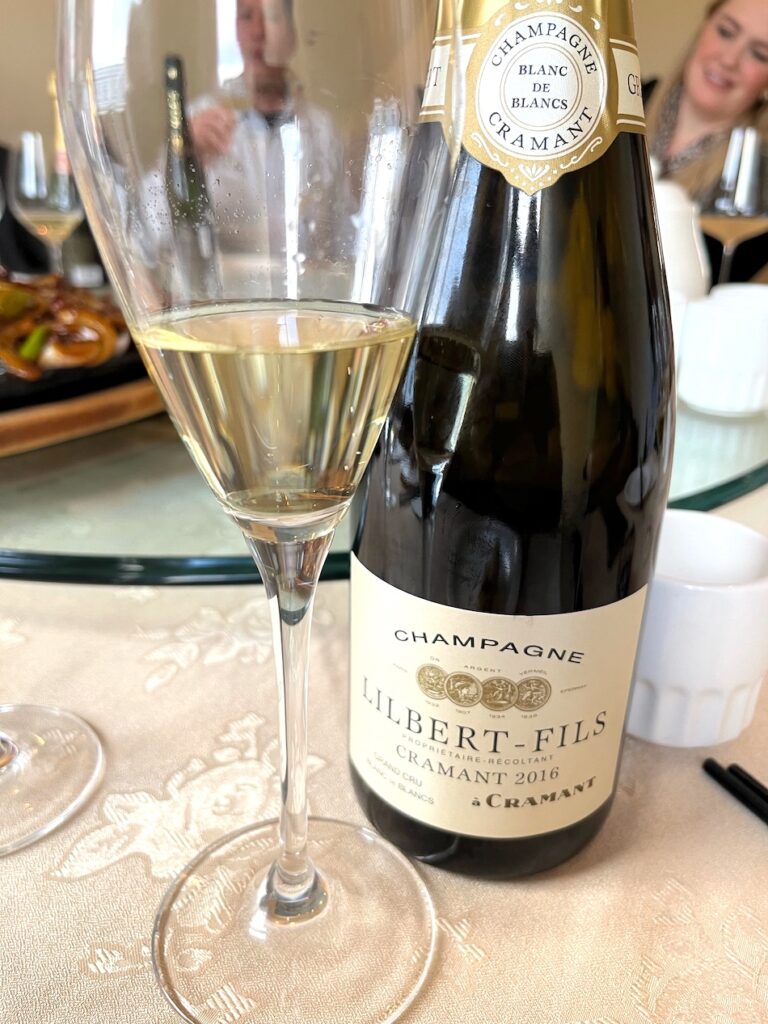
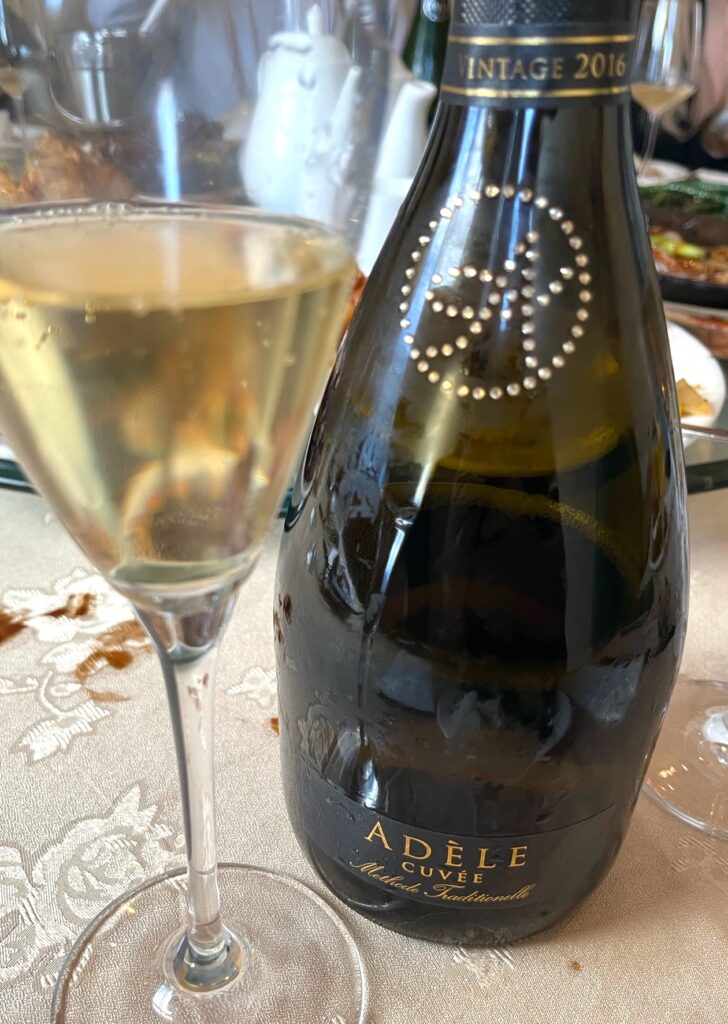
We don’t just have french wines on the table tonight, and the best of No.1 Family Estate – Méthode specialists from Marlborough – are here. I brought their No.1 Family Estate Cuvée Adèle 2016, and Sean has the No.1 Family Estate Reserve in his bag. See my review of the Adèle here – https://winefolio.co.nz/?p=9944 – it was stunning, one of my ‘Wines of the Year’. The Reserve sees seven years on lees – an extended bottle maturation version of their Blanc de Blancs wine. A bright, pale gold with aromas of baked apricot danish, nutmeg, sweet apple, cardamom, lemon meringue and yeasty brioche. Dry, complex, concentrated and with a tight, crisp acidity.
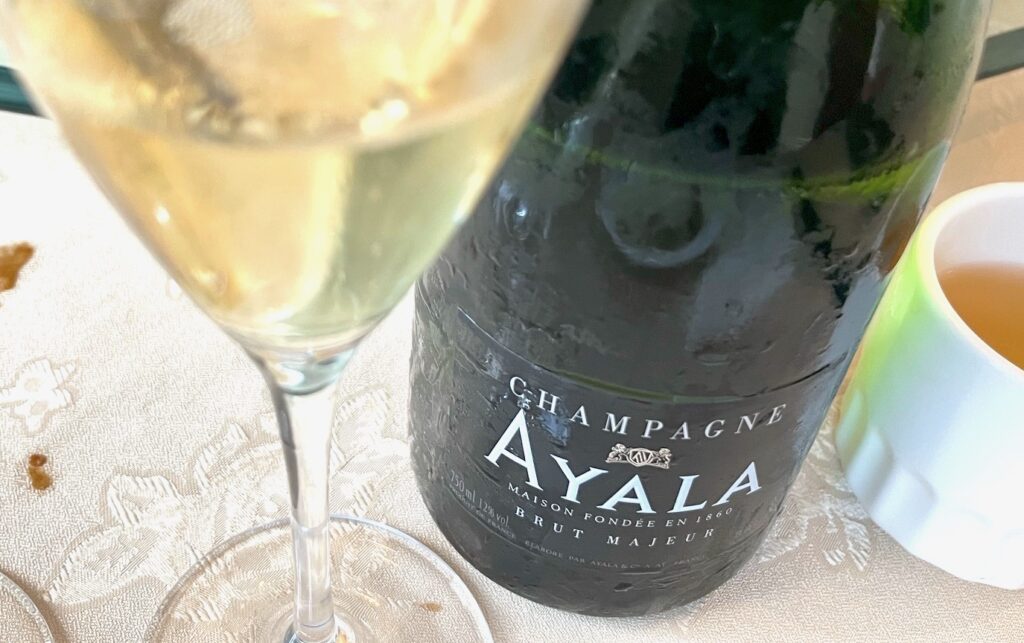
A Tattinger Brut Reserve NV champagne is always a treat, but this bottle has spent ten years in the owner’s cellar. A taste of this shows that it is not just ‘vintage’ champagne that improves with age – but a good quality NV does the same. The age character comes through in the palate, with a toasted nuts and savoury layer of mushroom adding more depth. Ayala Brut Majeur NV champagne is a consistent winner – a Double Gold at the NZIWS this year. Perfumed with freshly baked apple pie, lime zest, toasted marshmallow and lemon curd, it has enough complexity to please the crowd.
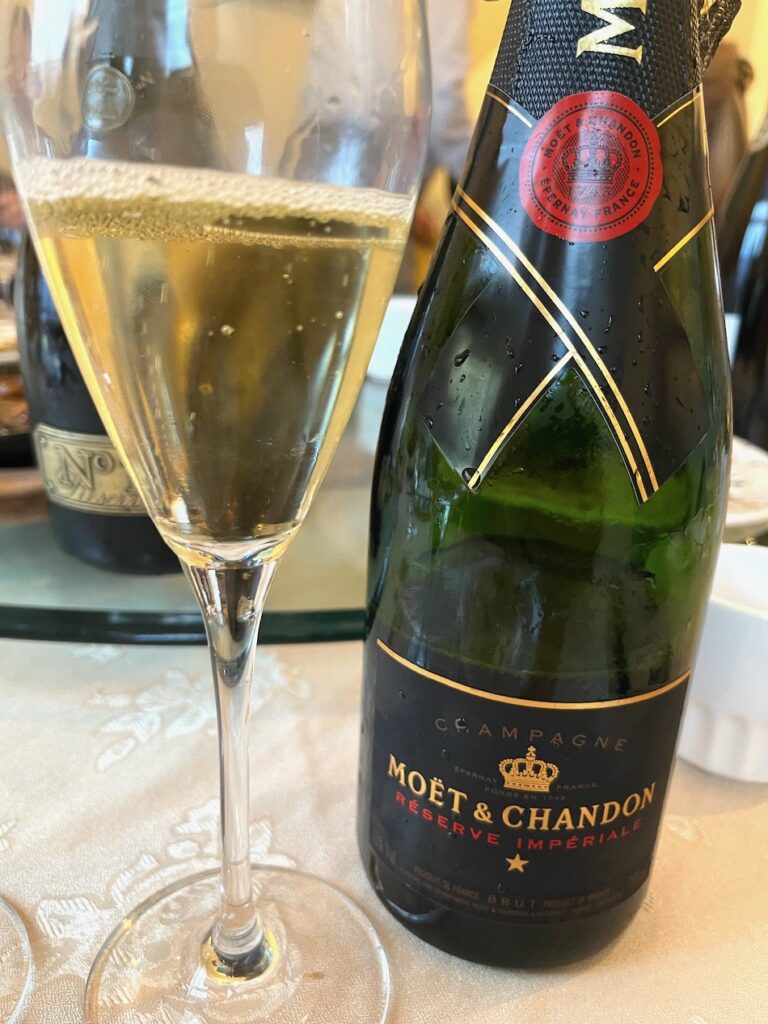
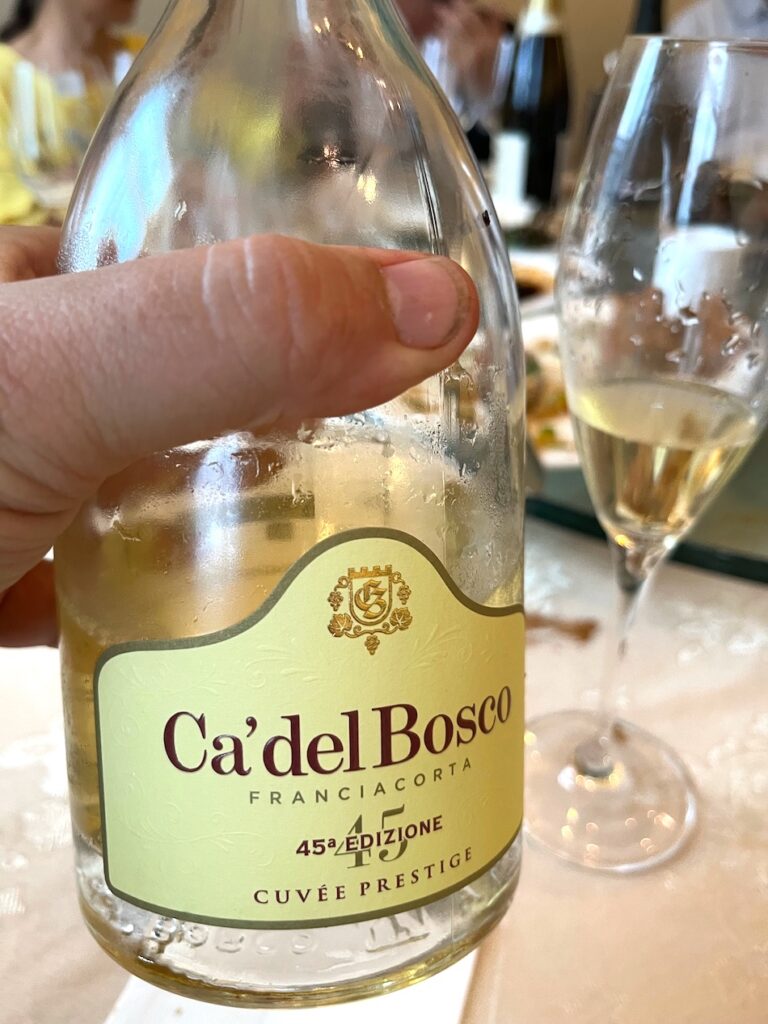
Another regular name ‘with a twist’ is the Moët & Chandon Reserve Impériale NV. This is not the regular Imperial bottling – it has a distinctive dark blue label, and is often to be found overseas or at the airport Duty Free. A golden straw colour with aromas of spring flowers, nectarine, nuts, incense and fresh biscuits. Quite smooth and soft, and delicious. Franciacorta Ca’ Del Bosco Brut Edizione 45 is a NV Méthode from Lombardy in Italy – not a wine I’d tried before. Another light-footed sparkler – it reminds me of a better-quality Prosecco. I’d have happily have had this first, and maybe it would suit a lunchtime setting better? There is good fruit and a delicate mousse of bubbles, but next to the wines on the table tonight, this does fall a little short.
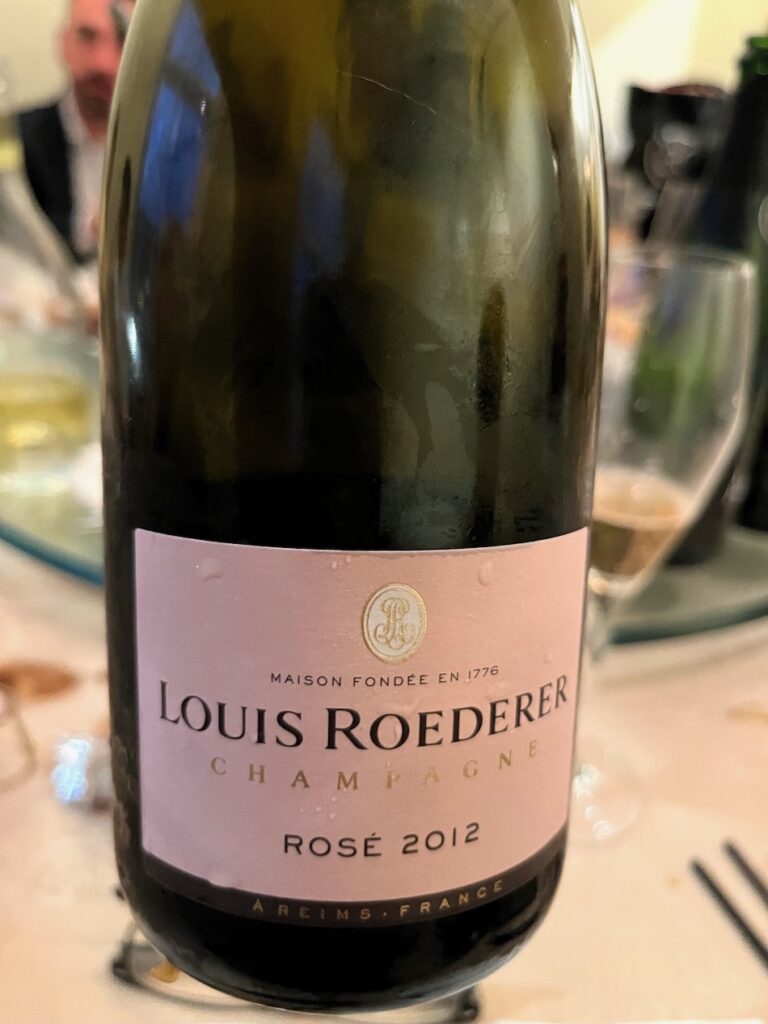
If you’re having a ten-year old vintage champagne – like this Louis Roederer Champagne Rosé 2012, then it is natural to leave it to last. Rosé champagne does tend to cost a little extra and with vintage champagne I’d be expecting plenty of complexity, depth and nuance. Perhaps a little extra sweetness, since it is Rosé? Correct on all counts. Cherry, raspberry and chamomile meets plenty of yeasty autolysis notes on the nose. The body has weight and lots of character – happy to be having a glass of this.
Champagne is a great match with food. We often just drink it standing up at the start of a party. The chance to dwell on, and actually taste the wines is well worth doing. When someone says “oh xxx is my favourite champagne” I do wonder if it is because they had it a particularly memorable, or pleasurable occasion – the wine being such an ‘experience’ related one. No matter – someone’s favourite is for their own reasons; and one thing about being a ‘critic’ is knowing that everyone’s taste is unique, and special.

